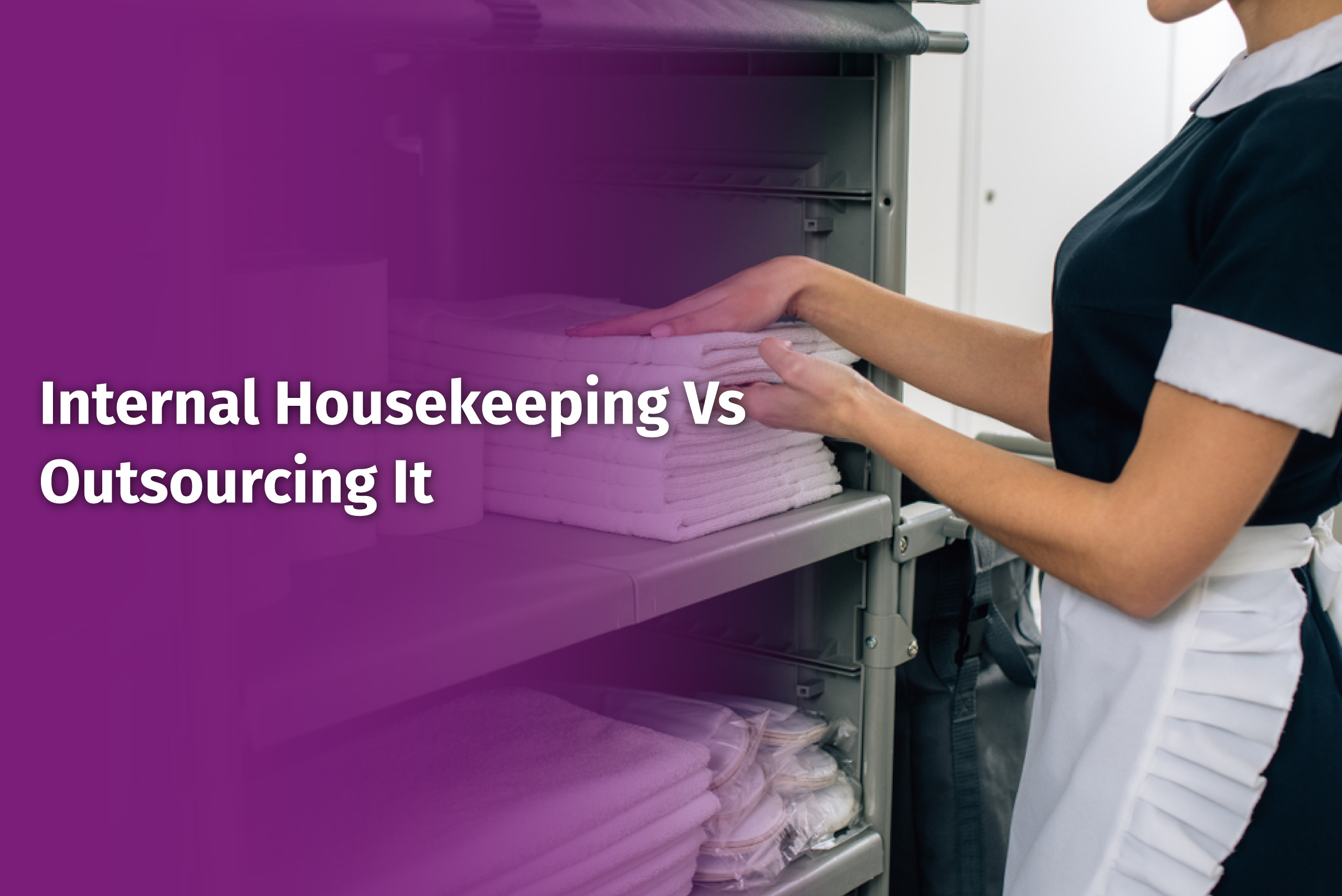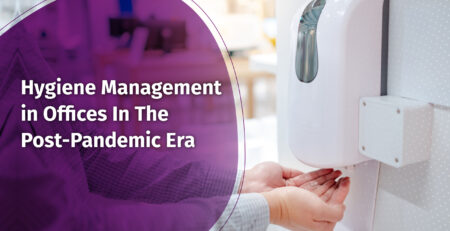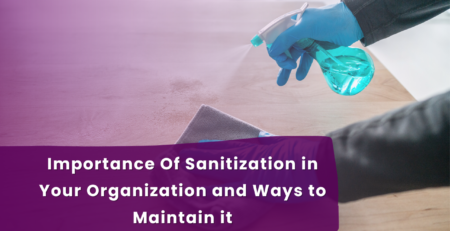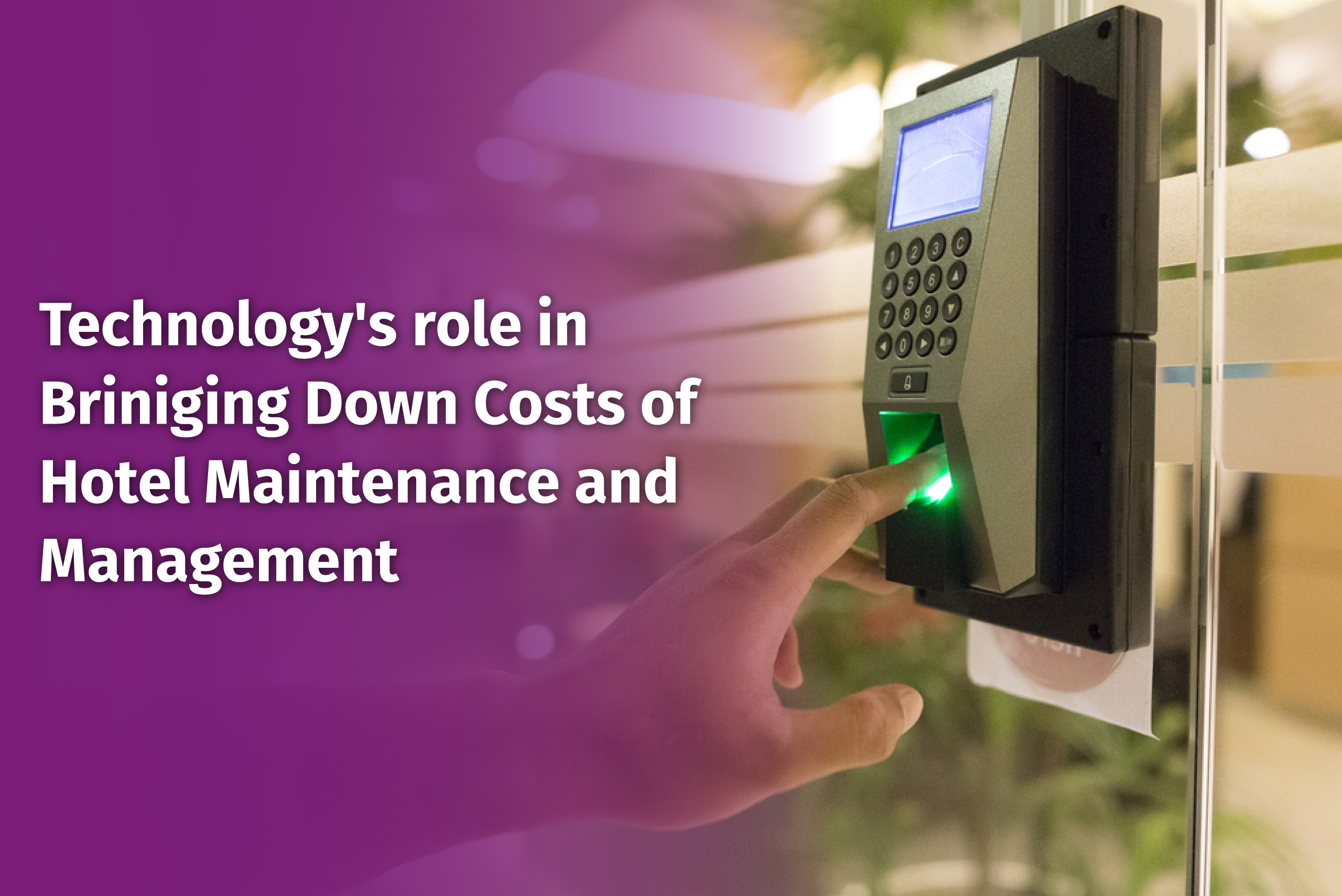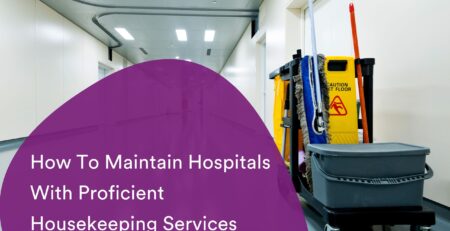Ensuring Safety of Employees in Hospitals During a Pandemic
Healthcare Workforce Safety: Steps to Make Healthcare and Medical Establishments Safe for Employees During a Pandemic
Introduction
Health workers are the first line of defense against medical emergencies. The coronavirus outbreak recently in 2020 (which still hasn’t subsided yet) saw an unprecedented need for the medical attention required for patients, and healthcare workers proved their significance yet again. With that said, caregivers in the healthcare industry face the highest risks and work under extreme pressure to ensure safety and comfort for others. There is a need to safeguard their well-being to ensure that they, too, stay safe from contracting infections or spreading them.
In recent data published by WHO, it came to light that while only about 3% of the population of most countries worked in healthcare during the pandemic, the portion of coronavirus patients among this number was as high as 35% for some countries. This needs to change for the well-being of the patients and the caregivers. Let’s discuss the steps a healthcare / medical establishment needs to take to create safe working environments for the healthcare workforce.
5 Steps to Ensure Employee Safety in Hospitals During a Pandemic
WHO understands that it is the moral responsibility of authorities to create a safe working environment for healthcare employees and prescribes 5 distinct steps to help them achieve this. Let’s see what these steps are.
Establishing Harmony Between Policies for Patient Safety and Health Worker Safety
Understanding that the safety of caregivers is no different from that of the patients helps to find points of synergy between policies created to safeguard both sides of caregiving. The following aspects need to be considered:
- Understanding that there exist connections between the policies created for patient safety, infection control, and prevention, health and safety for workers and quality standards of a healthcare / medical establishment, and honing these points of confluence to create a holistic framework for employee safety
- Developing training and educational programs that incorporate personal safety drills, including those for the safety of patients being tended to, regardless of employee designation or position in the organizational hierarchy
- Establishing a protocol for reporting incidents related to a healthcare worker or patient safety
- Basing accreditations and licensing partly on health worker safety
- Adopting dedicated IT tools for monitoring the health worker safety ecosystem
Government-Level National Programmes for Healthcare Employee Safety
Governments at the national level have policies for health worker safety, and medical establishments need to incorporate these policies into their own. A few factors need to be thoroughly considered:
- Align establishment policies with national programs and missions meant for patient and employee safety
- Governments need to periodically review the regulations and laws in place regarding employee safety in medical environments, giving them some regulatory shield for protection against pandemics
- Establishments need to develop best practices and codes of conduct that are preventive of infectious/contagious medical conditions and enforce them
- A responsible executive or officer needs to be in charge of handling the enforcement of safety and safeguarding regulations, ensuring that they are being followed
Protection Against Workplace Violence
Workplace violence is a real thing. Medical establishments must take measures to safeguard all their employees against it. Some of the actions to take are:
- Adoption of national policies, laws, regulations, and guidelines to prevent violence in healthcare institutions
- Education of healthcare workers towards inculcating intolerance for violence – whether through patients, their near and dear ones, or by other staff in the workplace
- Keeping track of and updating the databases as per the newest labor and employment laws and legislation to prevent unrest that may lead to violence
- Setting a reporting mechanism, escalation matrix, and arbitrator/ombudsman in place to facilitate incident resolution
- Implementation and enforcement of preventive, protective regulations in the workplace to ensure violence against healthcare workers doesn’t happen
Mental and Psychological Wellbeing
The safety of healthcare workers during a pandemic also considers mental and psychological wellbeing, given that it is a stressful time to be working overtime. In such scenarios, it is essential to balance everything through fair treatment by:
- Ensuring that the established policies chart appropriate working conditions, fair pay and overtime compensation, breaks and leaves, etc. to prevent burnouts and frustration
- Mobilizing suitable insurance and coverages for the healthcare workforce deployed in high-risk zones
- Encouraging open communication and transparency through establishing precise legal instruments and protocol for immediate action against violent behavior
- Organizing workshops meet, support groups for mental and psychological camaraderie
Protection Against Biological and Physical Hazards at Healthcare Institutions
It is of utmost importance that the cleanliness and hygiene of hospitals and healthcare institutions be top-notch. The risks of contracting infections are exceptionally high in these places, necessitating dedicated sanitization services.
- The establishment needs to ensure that policies related to infection control and prevention, patient and employee safety, cleanliness, and hygiene, among others, are in full effect and enforcement
- There should always be available stock of protective equipment like PPE, gloves, masks, hair covers, shoe covers, scrubs, etc.
- Establishments much schedule periodic sanitization, hygiene audits, cleaning, disinfection, and related actions to keep the facility as safe from infections as possible
- Prioritization of vaccination for healthcare workers to ensure their safety during pandemics
- Provision of necessary equipment and supplies to cater to worker injuries and medical needs
Conclusion
Ensuring the wellbeing and safety of healthcare workers extends beyond considering their risk of contracting infections or bodily harm while working. Establishments must think of bringing into their ambit the mental and social conditions of their healthcare employees. By ensuring proper staffing, capacity building, training, and education, through augmenting the workspace with suitable facilities and equipment to promote a healthy working environment, this can be achieved.




